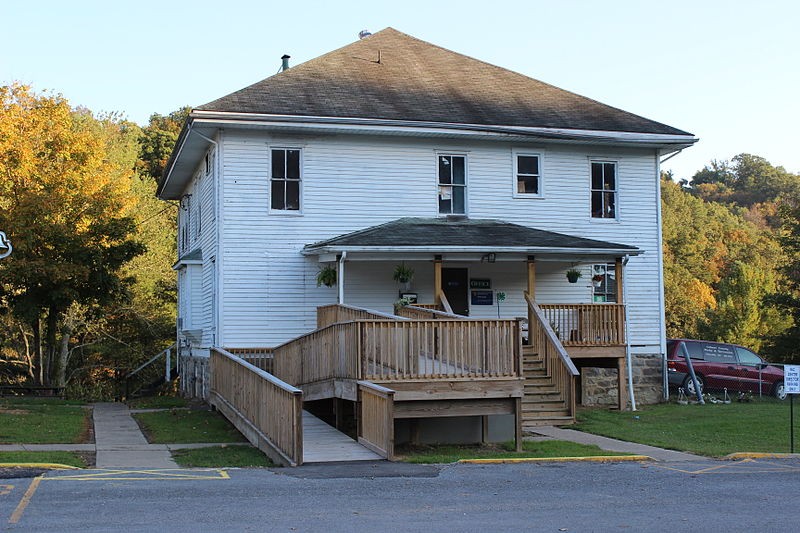Gilmer County Poor Farm Infirmary
Introduction
Text-to-speech Audio
Gilmer County Poor Farm was built in the early 1900s as a response to the growing number of poor individuals in the area. The Infirmary building was added at a later date and used as a place to keep individuals who were elderly and sick.
Images
Gilmer County Poor Farm Infirmary present day.

Backstory and Context
Text-to-speech Audio
Albert Newton West (1880-1961), architect of the Poor Farm Infirmary, was known throughout the area when approached to design and build the Poor Farm Infirmary. As architect, civil engineer, and design draftsman, he had already designed and built the John E. Arbuckle House, a private residence designed in the Queen Anne style (listed on the National Register 11/21/1991). West built many elaborate private homes throughout Glenville, and built many utilitarian designed and styled public buildings in the area as well, including the Rosedale, Normantown, and Cedarville local public high schools, Court Theater in Glenville and the Gilmer County Jail. It is similar in size to many of West's residential homes, but not as ornate.
The poor farm infirmary is designed for specific activities, such as sleeping quarters for the sick and young, cooking and food preparation, clinic space to provide medical attention and work space for other varied activities. William Dolivar Whiting, builder of the infirmary, was partner to Albert Newton West. He was a well known, respected tradesman throughout the area.1
The idea of having a place for those less fortunate to go was not a new idea at the time. In rural areas throughout the United States different government agencies made certain provisions to help the poor. Most poor farms housed abandoned children or elderly individuals who were very sick. At this time these people were considered to be undesirable, and therefore the poor farms were located outside of established towns.
Sources
http://www.wvculture.org/shpo/nr/pdf/gilmer/98001465.pdf
